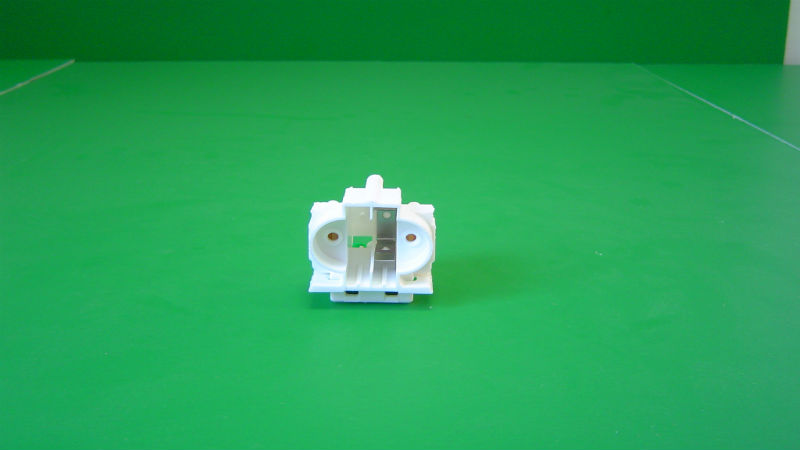When fluorescent lights are not working correctly, it is very natural to assume it is a problem with the bulbs. Unfortunately, many people continually replace bulbs under they discover it is an issue with the ballast or the socket that is creating the problems with the lights.
Knowing when fluorescent sockets replacement may be a consideration, or if there are further issues with the ballast or socket, starts by recognizing the common signs.
Once the cause of the problem has been narrowed down, completing the fluorescent sockets replacement can be a do-it-yourself job for someone with a bit of electrical experience. It is also possible to hire an electrician to come in and test the fixture and then make the necessary repairs.
Strange Noises
The most common and noticeable signs of ballast failure in a fluorescent fixture are changes in the quality of lighting as well as the sounds.
Ballast problems can result in an overall dimming of the quality of light or a rapid, continual, flickering of the light.
Loud humming or buzzing noises that are significant and not just the normal sound of the ballast are also indicators there is a problem. Newer forms of electronic ballasts do not have any sound, which makes them a good replacement option.
Signs of Damage
In some cases, the problem may be in the socket itself. It is common to need fluorescent sockets replacement if the sockets have been damaged during the removal or addition of the bulb. Cracks can be difficult to see, and it is typically necessary to open the fixture to see if there is damage.
Before assuming the issues is a ballast problem, always take the time to check the bulb and the socket. This is particularly important if the light has been hit by something or the bulb recently replace.


